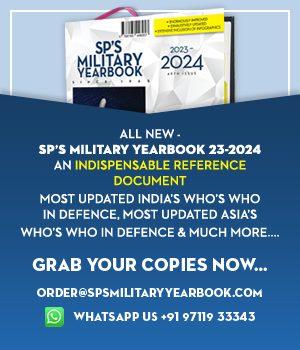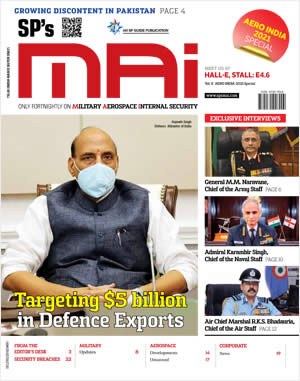INDIAN ARMED FORCES CHIEFS ON OUR RELENTLESS AND FOCUSED PUBLISHING EFFORTS
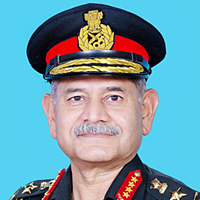
The insightful articles, inspiring narrations and analytical perspectives presented by the Editorial Team, establish an alluring connect with the reader. My compliments and best wishes to SP Guide Publications.
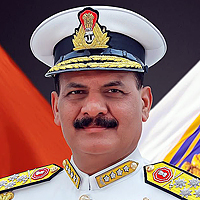
"Over the past 60 years, the growth of SP Guide Publications has mirrored the rising stature of Indian Navy. Its well-researched and informative magazines on Defence and Aerospace sector have served to shape an educated opinion of our military personnel, policy makers and the public alike. I wish SP's Publication team continued success, fair winds and following seas in all future endeavour!"

Since, its inception in 1964, SP Guide Publications has consistently demonstrated commitment to high-quality journalism in the aerospace and defence sectors, earning a well-deserved reputation as Asia's largest media house in this domain. I wish SP Guide Publications continued success in its pursuit of excellence.
- Indian Air Force Aims for Full Indigenous Inventory by 2047 — Air Chief Marshal A.P. Singh
- General Upendra Dwivedi takes over as the Chief of the Army Staff
- Rajnath Singh assumes charge as Defence Minister for the second consecutive term
- Admiral Dinesh K. Tripathi assumes Command of the Indian Navy as 26th Chief of the Naval Staff
- Prime Minister witnesses 'Bharat Shakti' – a Tri-Services Firing and Manoeuvre Exercise in Pokhran, Rajasthan
Embraer KC-390 begins in-flight refuelling trials
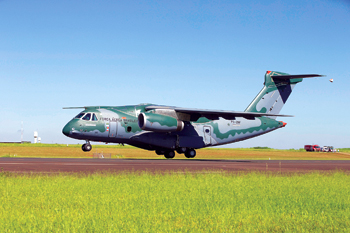
The first in-flight refuelling mission of the future Brazilian Air Force (FAB) freighter, the KC-390, was successfully completed recently. From February 1 to February 22, FAB’s military personnel and Embraer professionals worked together on yet another flight test campaign, this time to test the Wing Air Refueling Pod (WARP). The device is located under the wings of the freighter, and operates refueling hose, which is 30 metres long. Air force F-5M fighters were used as receivers.
This time, although the contact was dry – that is, no fuel was transferred – all other procedures involved in the in-flight refuelling were carried out. Raphael Leme, leader of the KC-390 in-flight test engineering, says this is an important test, as the aircraft is the first tanker ever produced by Embraer. “We are working with the novelty factor,” he says. He further explains that the main thing to be tested is the ability of the WARP software to strain the hose: it cannot form waves, nor can it be called ‘dead hose,’ when there is no lift.
The KC-390 test campaign’s end schedule will run until the end of 2018. Currently, there are two prototypes performing inflight testing in parallel, and a third is in the finalisation phase. In all, there will be more than 2,000 flight hours for the development and certification tests.




